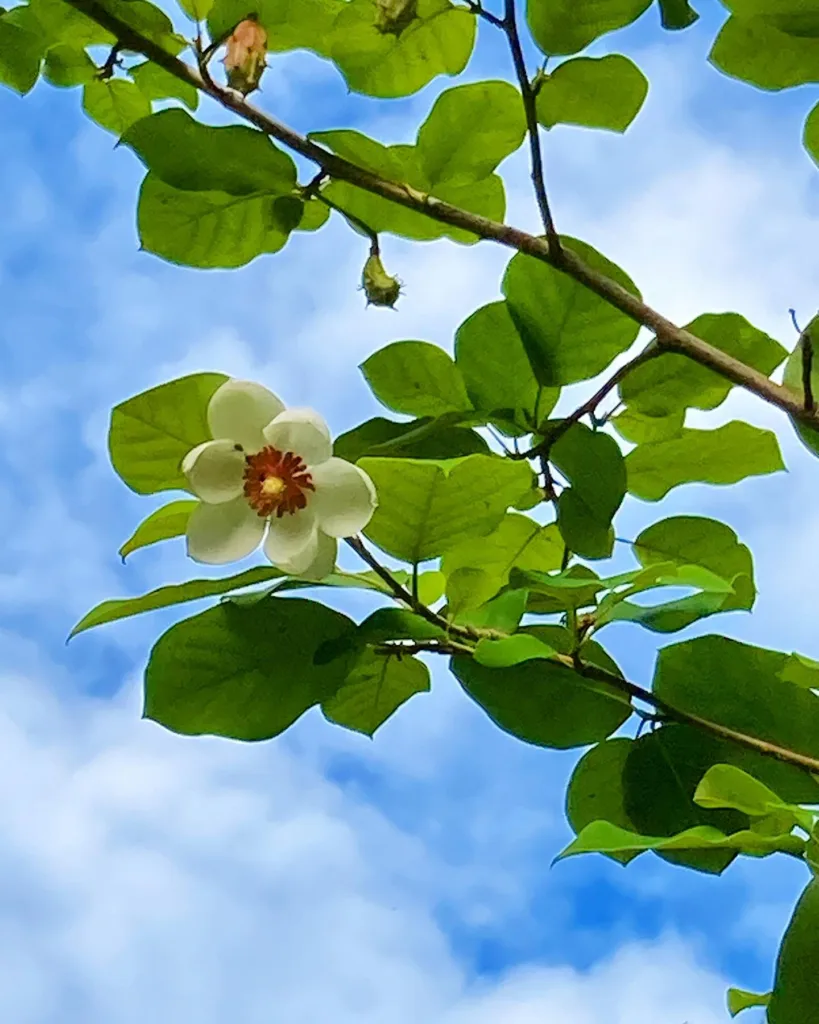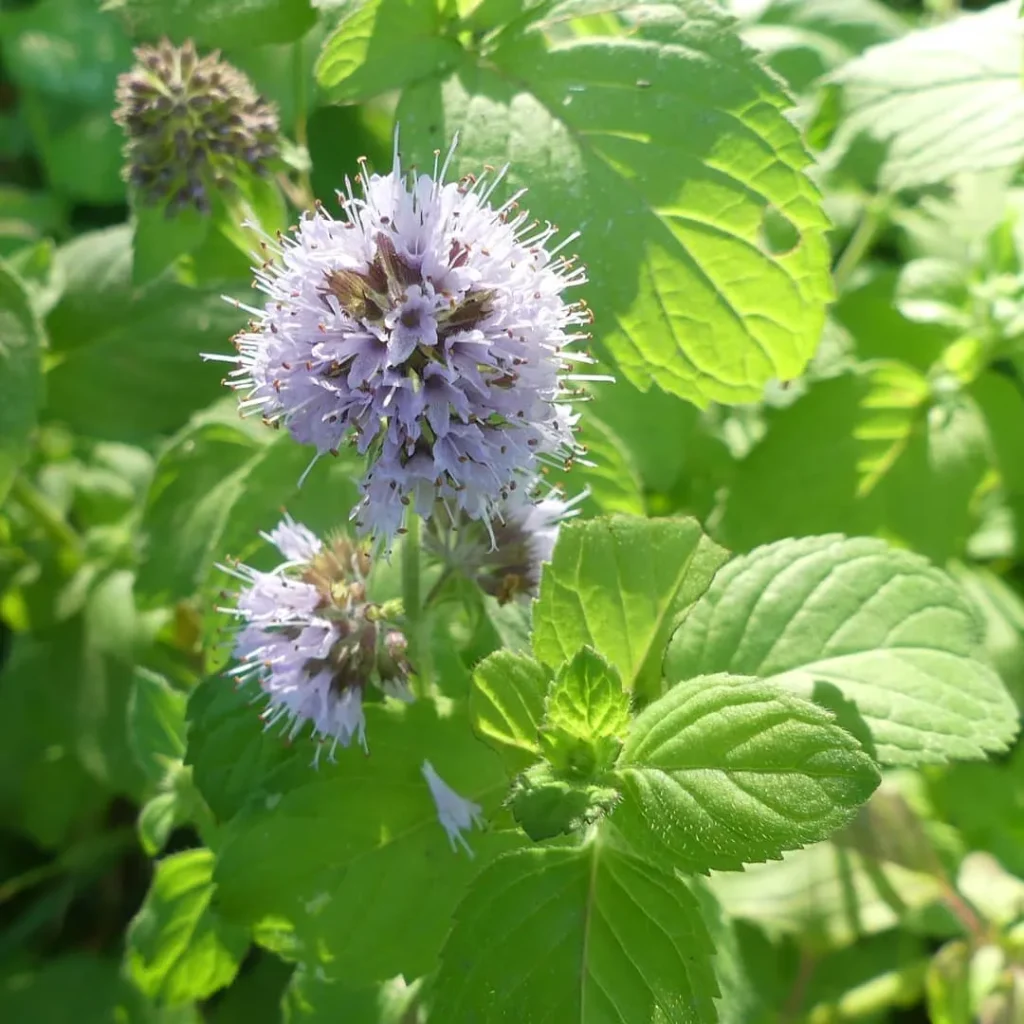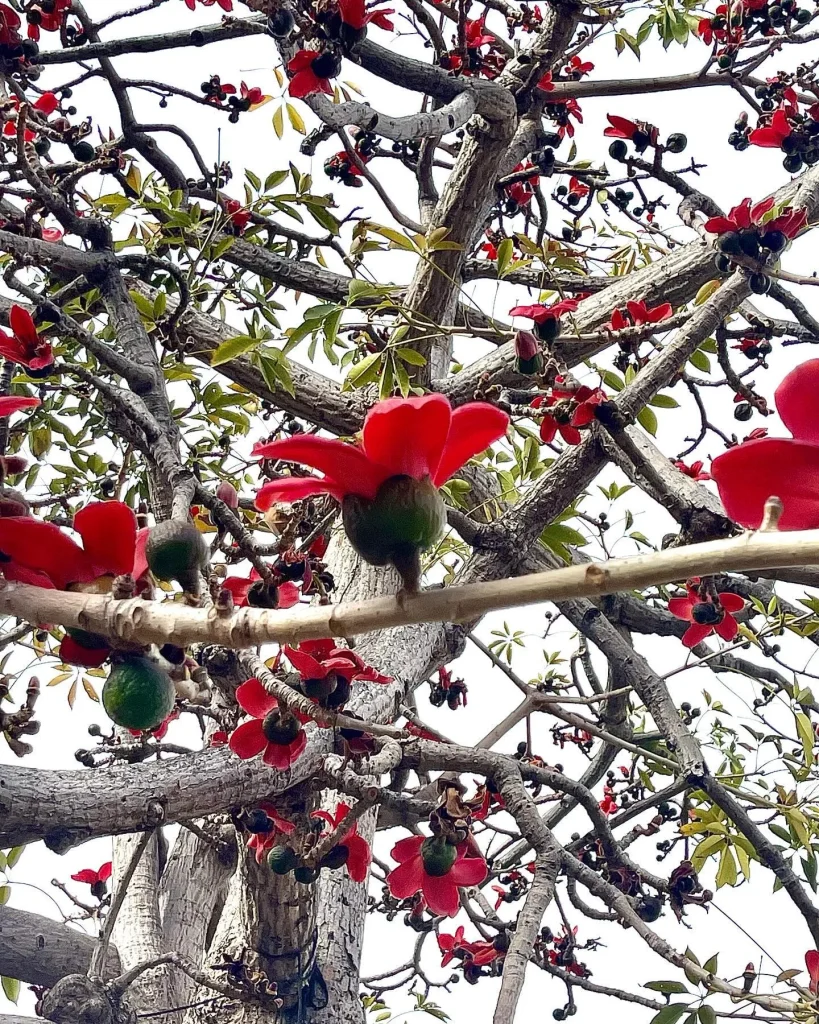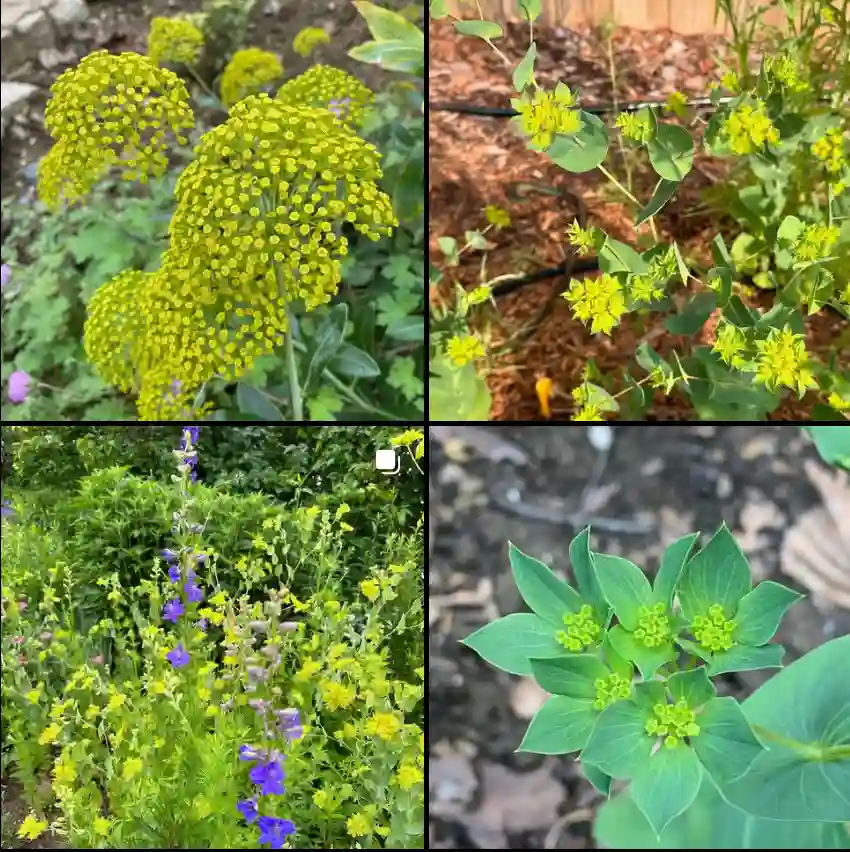December 13 – Acis
"Acis, the snowdrop, defines December 13."
Acis symbolizes hope and renewal. Like the first bloom of spring after a harsh winter, you bring hope to those around you. Your persistence and optimism inspire others to keep moving forward.
Falling for Snowflakes: My Journey into the World of Acis
I’ve always been drawn to the delicate beauty of wildflowers. There’s something about their resilience, their ability to thrive in the most unexpected places, that speaks to me. Recently, I stumbled upon a genus of plants that captured my imagination: Acis. These small but stunning flowers, often called “snowflakes,” are native to Europe and North Africa, and they possess a charm that’s hard to resist.
Delicate Blooms and Unexpected Resilience
Acis plants are members of the Amaryllidaceae family, and like their more famous relatives, they produce elegant, bell-shaped flowers. But unlike the bold, trumpet-like blooms of amaryllis, Acis flowers are dainty and understated. They typically appear in shades of white or pink, often with subtle green stripes, and dangle gracefully from slender stems.
What fascinates me most about Acis is their ability to thrive in challenging environments. Many species are found in rocky, mountainous regions, pushing through crevices and clinging to cliffsides. Others prefer the sandy soils of coastal areas, braving the salty air and strong winds. This resilience, this quiet strength, is what makes them so captivating.
A Closer Look at Acis Species
The Acis genus is relatively small, comprising around nine recognized species. Each has its own unique characteristics and distribution:
- Acis autumnalis – Commonly known as autumn snowflake, Acis autumnalis is a delicate, bulbous perennial that flowers in late summer to early autumn. Its white, bell-shaped flowers appear on thin, wiry stems, giving a gentle, airy appearance to garden beds. Native to the Mediterranean, it thrives in rocky, well-drained soils, where its elegant blooms provide subtle seasonal color after most summer flowers fade.
- Acis fabrei – Native to regions of France, Acis fabrei has small, nodding white flowers that bloom in spring, gracing its slender stems with a soft elegance. Its foliage, narrow and grass-like, blends well in borders and rock gardens. This species favors well-drained, alkaline soils and is often appreciated for its dainty stature and naturalistic look, adding quiet charm to early-season displays.
- Acis ionica – Found predominantly on the Ionian islands, Acis ionica is a lesser-known but charming bulb with small, pendulous white flowers that appear in late summer. Its delicate, grass-like leaves emerge after flowering, making it a unique addition to rock gardens or dry meadows. The species thrives in full sun and benefits from a well-drained substrate to mimic its native, rocky habitats.
- Acis longifolia – Known for its elongated, lush leaves, Acis longifolia is a robust plant with attractive white blooms that appear in late spring. The flowers, held high above the foliage, have a graceful, nodding form. Native to the western Mediterranean, it adapts well to garden settings, especially in borders and rock gardens, where its foliage remains lush and vibrant long after flowering.
- Acis nicaeensis – Native to the Maritime Alps, Acis nicaeensis is a rare, alpine bulbous plant that displays delicate white, bell-shaped flowers in late winter to early spring. Its foliage is slender and grass-like, creating a subtle contrast against the flowers. It thrives in gritty, well-drained soils with partial sun, making it ideal for alpine and rock gardens.
- Acis rosea – Distinguished by its lovely pink flowers, Acis rosea adds a charming touch of color to early autumn gardens. The petite, bell-shaped blooms emerge on slender stems, accompanied by narrow foliage. It grows well in well-drained soils with moderate sun exposure and provides a gentle, pink-toned highlight to rock gardens or container displays.
- Acis tingitana – Originating from Morocco, Acis tingitana blooms in early spring with clusters of small, white, nodding flowers. Its slender leaves add a fine texture to the landscape, making it well-suited to rock gardens and dry, sunny spots. It prefers well-drained soils and is relatively drought-tolerant, giving it a resilient charm in garden settings.
- Acis trichophylla – Known for its distinct thread-like foliage, Acis trichophylla blooms in early spring, producing nodding white flowers on thin, upright stems. The plant has a soft, airy quality that works well in both alpine gardens and containers. Native to the Iberian Peninsula, it appreciates well-drained soil and full sun exposure, where it can naturalize over time.
- Acis valentina – Found naturally in parts of Spain, Acis valentina is an elegant species with white, bell-shaped flowers that bloom in winter to early spring. Its grass-like leaves emerge after flowering, adding texture and greenery through the colder months. This species thrives in well-drained soils and rock gardens, especially where it can benefit from full sun and a Mediterranean-style climate.
Why Acis Matters
These delicate flowers might seem insignificant at first glance, but they play a crucial role in their ecosystems. They provide nectar for pollinators, contribute to biodiversity, and add to the beauty of their natural habitats.
For me, Acis represents the importance of appreciating the small wonders of the natural world. In a world that often demands our attention with grand gestures, it’s refreshing to find beauty in the subtle and understated. Acis reminds me to slow down, to look closer, and to find joy in the delicate details.
If i die, water my plants!



